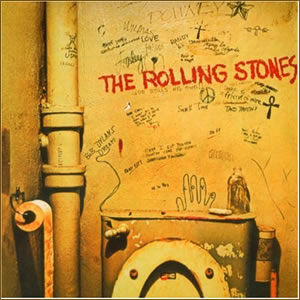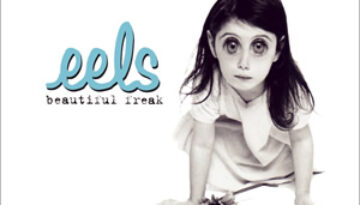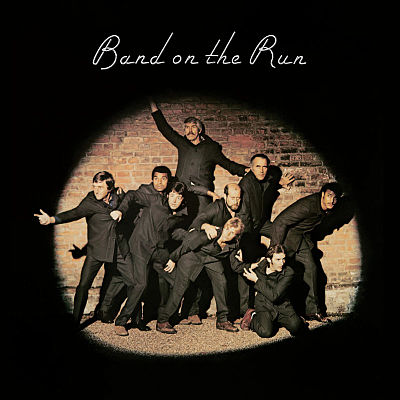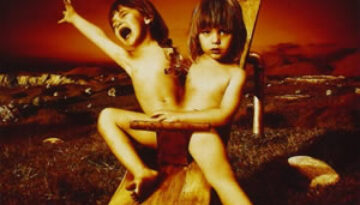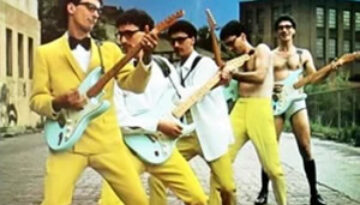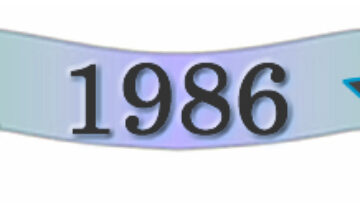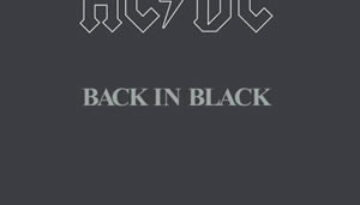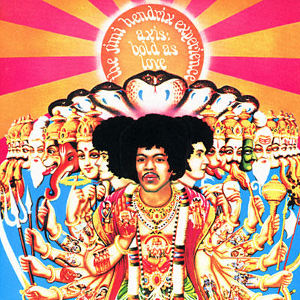Beggars Banquet by The Rolling Stones
Buy Beggars Banquet Returning to their blues-based roots rock following the psychedelic pop of their 1967 album, Their Satanic Majesties Request, Rolling Stones hit their true artistic stride with Beggars Banquet. While most […]

